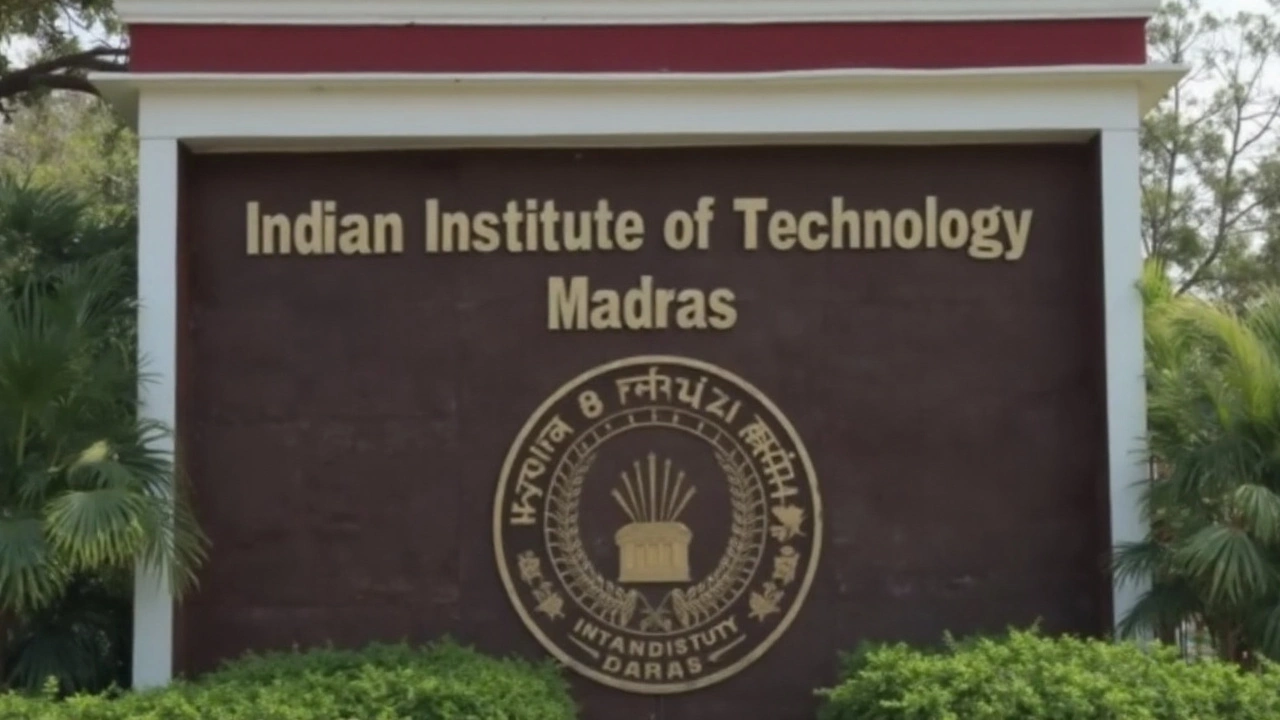NIRF Rankings 2025 – What You Need to Know
Looking for the best colleges in India? The NIRF Rankings 2025 are the go‑to source for students, parents, and anyone curious about where the top institutions stand. In this guide, we break down the latest list, explain how the scores are calculated, and share a few practical tips to help you use the data wisely.
How NIRF Scores Are Calculated
The National Institutional Ranking Framework (NIRF) uses four big buckets to rate colleges: Teaching‑Learning‑Resources, Research‑Professional Practice, Graduation Outcomes, and Outreach‑Inclusivity. Each bucket has a set of indicators, like faculty‑student ratio, research papers published, placement rates, and scholarships offered. The Ministry of Education gives each bucket a weight, adds up the numbers, and spits out a final score.
What this means for you is that a college with a high score isn’t just good at one thing; it performs well across the board. For example, an engineering college that scores high in Research but low in Outreach will sit lower than a balanced institution that does decently in every area.
Top Performers in NIRF 2025
The 2025 list still features many familiar names. Indian Institute of Science (IISc) Bangalore leads the pack with the highest overall score, followed closely by IIT Bombay and IIT Delhi. In the university category, Delhi University and Banaras Hindu University are near the top, thanks to strong teaching resources and a wide outreach network.
If you’re eyeing a private college, look at the newer entries that have made big jumps. For instance, VIT Vellore climbed several spots after investing heavily in research labs and industry partnerships. These shifts show that colleges can improve quickly if they focus on the right indicators.
One quick tip: when you compare two colleges, look beyond the total score. Dive into the sub‑scores that matter most to you. If research opportunities are your priority, check the Research‑Professional Practice rating. If you need a college that offers scholarships for under‑represented students, the Outreach‑Inclusivity score is the one to watch.
Another practical move is to use the NIRF data alongside other factors like campus location, fees, and personal career goals. Rankings give you a solid baseline, but they don’t replace a campus visit or a conversation with current students.
Finally, stay updated. The NIRF releases a fresh list every year, and the methodology can evolve. Keeping an eye on these changes helps you stay ahead of the curve and make informed decisions each time you look at a new batch of colleges.
In short, NIRF Rankings 2025 give you a clear, data‑driven snapshot of India’s higher‑education landscape. Use the scores, check the sub‑categories that matter to you, and blend this info with your own preferences. That way, you’ll pick a college that not only looks good on paper but also fits your personal and professional goals.

NIRF Rankings 2025: IIT Madras extends streak to seven years as DU colleges surge into top five
IIT Madras topped the NIRF 2025 rankings overall for the seventh year and led engineering for the tenth straight time, while also clinching new Innovation and SDG categories. IISc Bangalore stayed No. 1 among universities. DU’s Hindu College and Miranda House held the top two college spots, with Hansraj and Kirori Mal jumping to third and fourth. IIM Ahmedabad, AIIMS Delhi, and NLSIU led their fields.
more
